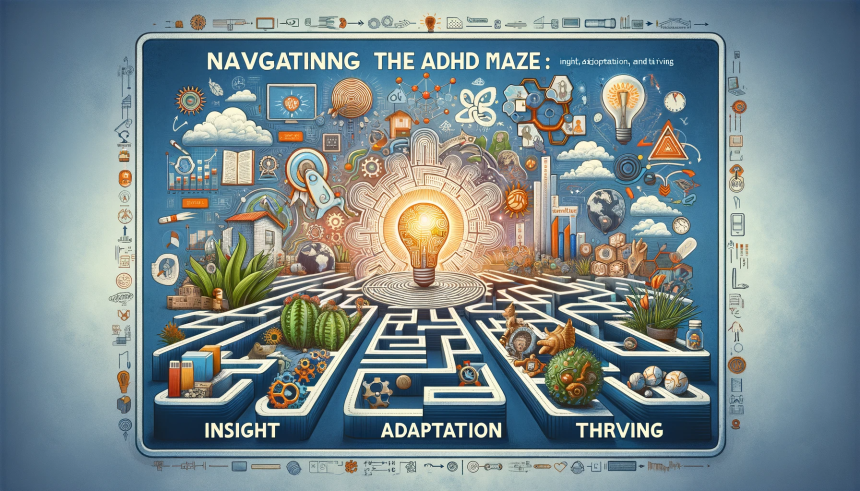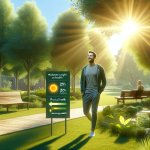Attention-Deficit/Hyperactivity Disorder (ADHD), a neurological enigma, affects a myriad of children, trailing often into their adult lives. It’s a tapestry woven with threads of inattention, hyperactivity, and impulsivity, intricately impacting every facet of life, from mundane routines to complex social dynamics. This exploration seeks to demystify ADHD, unraveling its multifaceted challenges and charting a course for effective management and self-empowerment.
Decoding ADHD: Beyond Hyperactivity
Far from being pigeonholed as mere unruliness or overactivity, ADHD presents as a labyrinthine disorder, unique in its manifestation across individuals. The symptoms, a dual spectrum encompassing inattention – the struggle to anchor focus, manage tasks, and retain essentials and hyperactivity-impulsivity – the whirlwind of incessant movement, impetuous actions, and disruptive interjections, vary in intensity and expression.
The Diagnostic Odyssey
Unraveling ADHD is akin to a complex puzzle, requiring a comprehensive evaluation by healthcare maestros, often harmonizing inputs from a chorus of parents, educators, and caregivers. Absent a singular diagnostic tool, the process is rooted in a rich tapestry of behavioral assessment and historical analysis. Timely intervention, born from an early diagnosis, can significantly alter life trajectories.
The Multidimensional Challenges
Navigating ADHD involves traversing a landscape riddled with challenges.
- Academic Obstacles: The elusive focus can render academic endeavors Herculean.
- Social Navigation: The impulsive, hyperactive tempests of ADHD often hinder the forging and nurturing of friendships.
- Self-Image Quagmire: Persistent critique can erode the bastions of self-esteem.
- Comorbidities: ADHD doesn’t tread the path alone; it often invites companions like anxiety, depression, and learning differences.
The Arsenal for Management: A Composite Strategy
Tackling ADHD demands a kaleidoscopic approach:
- Pharmacological Allies: Medications, both stimulant and non-stimulant, act as catalysts in tempering focus and dampening the hyperactive-impulsive storms.
- Behavioral Modification: This terrain involves navigating strategies of positive reinforcement and structured environments.
- Educational and Supportive Ecosystems: Knowledge is power, and a nurturing environment is a fertile ground for growth.
- Skillset Enhancement: Strategies for time management, organizational mastery, and social finesse are crucial tools.
Lifestyle Interventions: Crafting a Conducive Environment
Beyond medicinal avenues, lifestyle modifications are instrumental:
- Structured Rhythms: Consistency and clear expectations forge a scaffold of stability.
- Holistic Health: Exercise, nutritional balance, and restorative sleep are pillars in managing ADHD.
- Distraction Deflection: A serene, orderly haven minimizes the chaos of distractions.
Empowerment in Understanding
Understanding ADHD is not merely about knowledge but about embracing and harnessing the unique strengths and creative dynamism it brings. Recognizing these qualities transforms perceived limitations into assets.
Epilogue
ADHD is not a barrier but a distinct neurological narrative. With tailored support and strategies, individuals with ADHD are not just poised to survive; they are equipped to thrive. Embracing their unique lens on the world, they can navigate a path filled with success and fulfillment. As we evolve in our comprehension and acceptance of ADHD, we unlock the doors to a realm where those touched by it can wield their innate potential and prowess.








